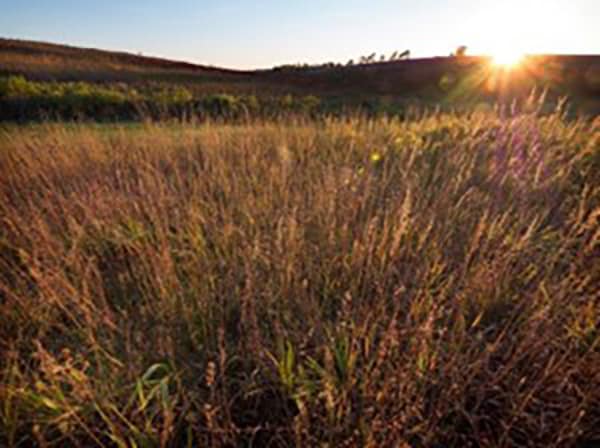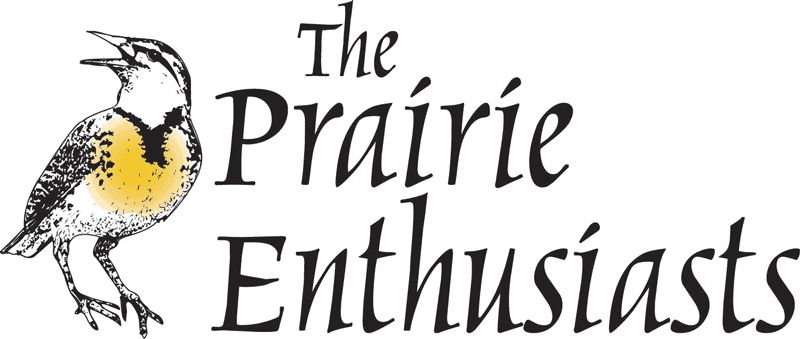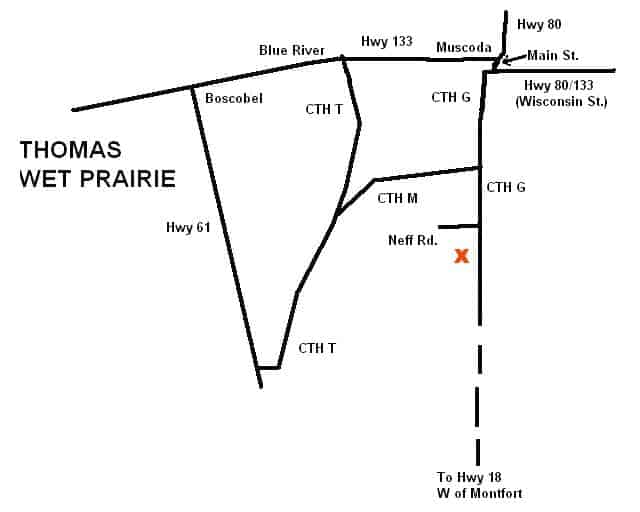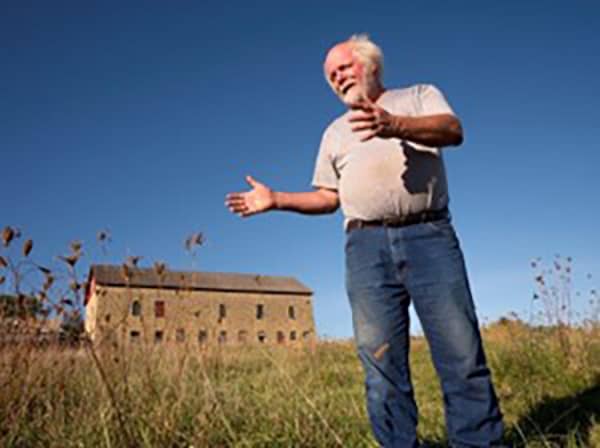
Thomas Tract
This site is 190 acres of native prairie and agricultural land. Once common in southern Wisconsin, prairies are very rare today. The 95,000-acre Military Ridge Prairie Heritage Area in Dane and Iowa counties contains one of the highest concentrations of native grasslands in the Midwest. It provides important habitat for plants and animals like meadowlarks and other grassland birds, which have disappeared in more developed parts of the region. The federally-endangered prairie bush clover occurs on the Conservancy’s land to the south. Because there is similar habitat on The Prairie Enthusiasts’ land, the population of this rare plant is expected to expand as restoration progresses.
ACCESS & DIRECTIONS
Near Barneveld in the Military Ridge Prairie Heritage Area right on U.S. Hwy 151
Usage Policies
Allowed:
- Hiking
- Hunting (for all species, no permit or reservation required)
Not Allowed:
Ownership History
The Prairie Enthusiasts acquired this property from Doug Thomas, whose family has owned the property for four generations since purchased in 1860. The property includes a historic barn, which is on the National Register and State Register of Historic Places. The land is just north of 79 acres The Nature Conservancy purchased from Harold Thomas, Doug Thomas’s father, in 1997. In 2005 the Driftless Area Land Conservancy purchased a conservation and historic preservation easement from the Thomas family to permanently protect the 190-acre Thomas farm and historic barn.
The Nature Conservancy helped The Prairie Enthusiasts purchase the Thomas land and barn, contributing $110,000 in private funding, securing a Knowles-Nelson Stewardship Program grant and working with the Wisconsin State Natural Areas Program to obtain federal funding related to endangered species. Most of the land is open to the public for hiking, hunting and wildlife watching. Mr. Thomas retained a life estate on 11.2 acres that include the Thomas home, historic barn and other farm buildings, and this land is not yet open to the public.
Either the Swenson Hill or nearby Drakenburg prairie were included in the description and analysis of dry-mesic prairies in John Curtis’s seminal work The Vegetation of Wisconsin (1956). Notes within the 1990 TNC description of the sites and the St. John’s Complex suggest that Olive Thomson visited these sites in the 1950’s. (Read more about Dr. John and Olive Thomson, premier conservationists, environmental education leaders and naturalists.)
Management
The primary goal is to restore the Thomas land back to its original open prairie, which is important for declining grassland birds and other wildlife. This will be a volunteer effort for the most part, and we welcome new volunteers. In the future, we hope to work with the community and our partners to form a “Friends of the Thomas Stone Barn” group to contribute the knowledge and expertise with historic buildings that we lack, and help make the barn a place where people can gather and experience our prairie and agricultural heritage.


